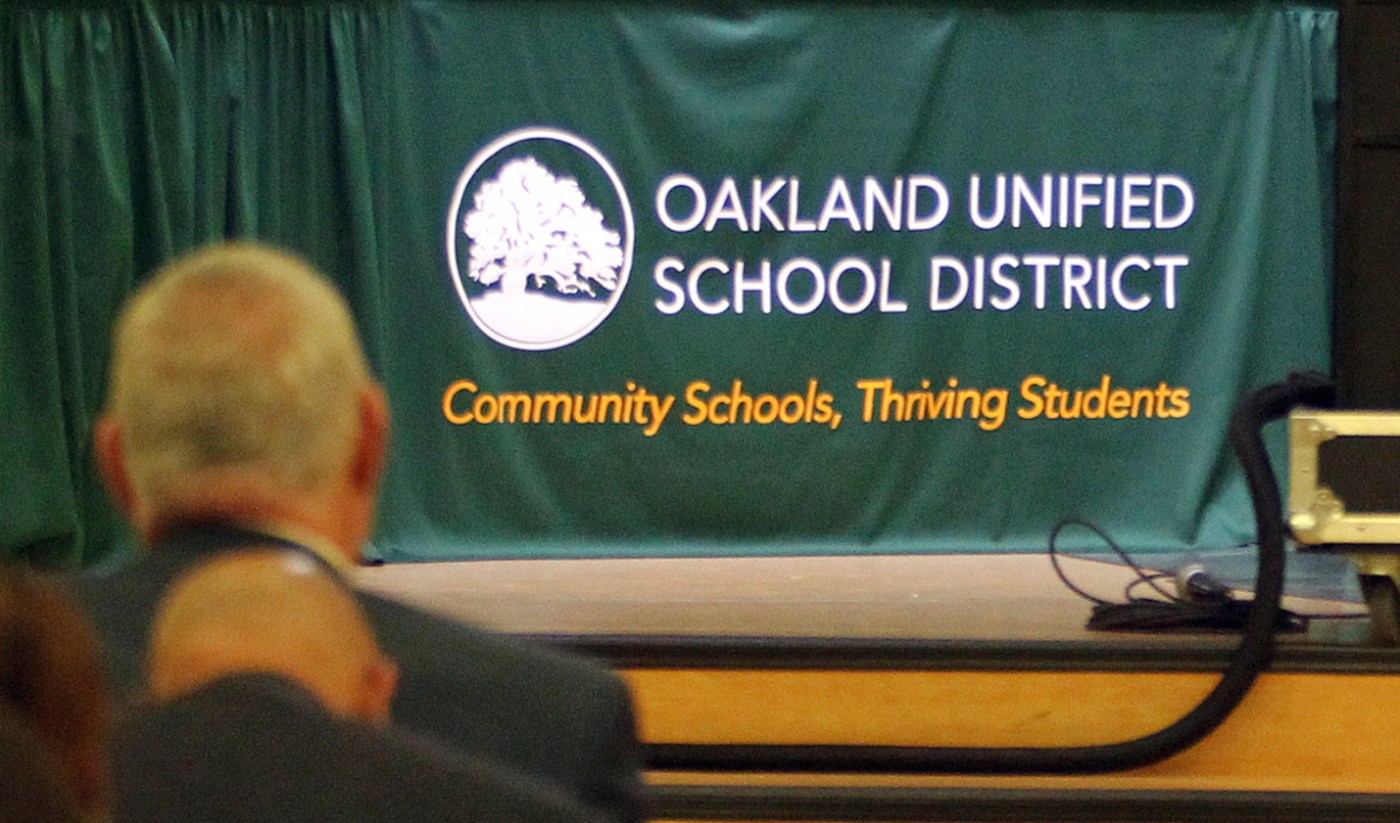
As former Oakland school board members with 51 years of combined service dating back to 1995, we can no longer remain silent. The current board majority, driven by political allegiances, is demonstrating a level of incompetence that we have not seen in Oakland before. And their behavior endangers the education of our students.
The teachers’ union political action committee brought to power four current trustees, who comprise the majority on the seven-member school board. These four have little experience governing a major public enterprise like our school district. Only one member has served more than a single four-year term; two have been on the board less than three years; and the fourth was only elected last fall.
The four all came to power promising the teachers’ union that they would not close schools. But that’s unrealistic and financially irresponsible because Oakland operates an unsustainable 80 schools for just 34,000 students.
The contrast with other California districts is stark. Oakland has the lowest number of students per school compared to the 50 largest school districts in California. Comparably sized districts like nearby Fremont Unified serve the same population with about half the campuses. Meanwhile, OUSD achieves poorer academic outcomes than all other districts with comparable student populations, And the high cost of operating multiple school sites is a key reason Oakland teacher salaries are the lowest among the state’s largest school districts.
This isn’t coincidental — it’s the predictable result of repeatedly avoiding responsible budget-balancing decisions. Oakland’s bloated structure drains millions from classrooms, keeps teacher salaries uncompetitive and spreads resources dangerously thin. Yet the board majority, beholden to their teacher-union political backers, refuses to make the necessary decisions to rightsize our district.
The timing couldn’t be worse. Just as Oakland Unified stands poised to exit this summer from two decades of state receivership after repaying a $100 million loan, the current board majority has no plan to address a new $100 million annual structural deficit facing the district over the next three years. Without immediate and significant corrective action, the district will be forced back into state receivership.
The board majority does not seem interested in learning on the job. Rather, they seem intent on ignoring the professional advice coming from multiple credible sources: the state-funded Fiscal Crisis and Management Assistance Team, the Alameda County superintendent of schools, the county trustee appointed to oversee the district’s finances, reports of independent auditors, and the district’s own superintendent and her fiscal staff. All these sources have cited the district’s multiple under-enrolled schools as a major contributor to its structural deficit.
Related Articles
California lawmakers pull ethnic studies bill, introduce anti-discrimination bill
Suspended Pinole Valley High baseball coaches reinstated by district
Student found with gun, ammo on campus at California middle school
Bay Area school district botched antisemitism probe, California Department of Education says
Viral TikTok ‘Chromebook Challenge’ leads to California middle school student’s arson arrest
The lack of a plan to avoid bankruptcy is not the only demonstration of the board majority’s incompetence. They are terminating the superintendent’s contract early, on June 30, without a leadership transition plan. They caved to the teachers’ union threat of a one-day strike on May 1 by negotiating $2.4 million for additional teacher positions and hours with no plan to pay for it. How can the board meet its fiscal challenges amid leadership transitions and handouts to its political backers?
We represent different eras of Oakland leadership and shoulder our responsibility for today’s crisis. Some of us championed the small schools movement that contributed to our current predicament. But we all see the looming existential threat.
Oakland’s families deserve better than schools where teachers are underpaid and students suffer with resources scattered across too many half-empty buildings. They deserve leadership that makes decisions based on educational and financial realities, not political allegiances.
The authors served on the Oakland School Board between 1995 and 2025, with 51 years of combined service.